Search Images
Browse Content (p. 1695)
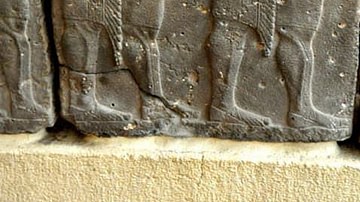
Image
Assyrian Warriors Relief
Basalt reliefs depicting Assyrian warriors of different ranks in procession with a royal chariot led by the commander-in-chief of the Assyrian army. The reliefs were acquired and gathered during the years 1848, 1946, 1948, 1982, and 1995...
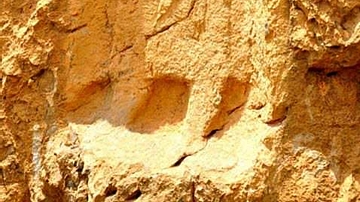
Image
Merquli's Rock Relief, Iraqi Kurdistan
This rock-relief lies on one of the tops of Mt. Pira Magroon, Sulaimaniya, Iraq. In 2009 CE, a small mountain settlement was excavated on the top of Mt. Merquli (Kurdish: مير قولي), the peak just south of Mt. Pira Magroon, by a team from...
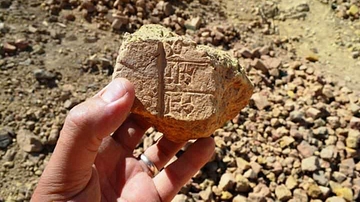
Image
Stamped Brick From Borsippa
A stamped mud-brick with a cuneiform inscription. From the ziggurat and temple of God of Nabu Borsippa, Babel Governorate, Iraq. The temple and ziggurat were destroyed in 484 BCE during the suppression of a revolt against the Achaemenid king...

Image
Romulus & Remus
Romulus & Remus being suckled by the she-wolf. In Roman mythology the two demi-god brothers were credited with the founding of Rome in 753 BCE. The sculpture is traditionally dated to the 5th century BCE Etruscans but it may be later. The...
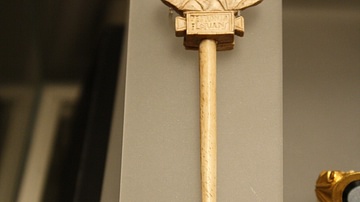
Image
Roman Hairpin
A Roman hairpin made from bone, second half of the 4th century CE. One of the two busts at the head has broken off. The inscription reads 'Petronia Florian(u)s'. (Palazzo Massimo, Rome)
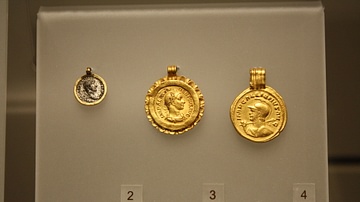
Image
Roman Gold Pendants
Roman gold pendants depicting various emperors. The far left pendant shows Hadrian (119-132 CE), the central shows Severus Alexander (222-235 CE), and the right example shows Gallienus as Mars (253-268 CE). (Palazzo Massimo, Rome)
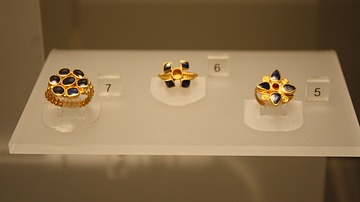
Image
Roman Gold & Saphire Rings
Roman gold and saphire rings, second half of the 2nd century CE. The ring on the right has a garnet centre stone. From an unidentified marble sarcophagus in Rome. (Palazzo Massimo, Rome)
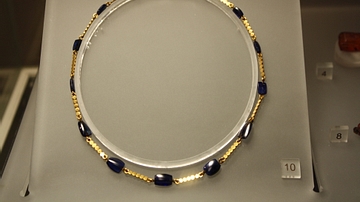
Image
Roman Gold Necklace
A Roman gold and saphire necklace, 2nd half of the 2nd century CE. From an unidentified marble sarcophagus in Rome. (Palazzo Massimo, Rome)
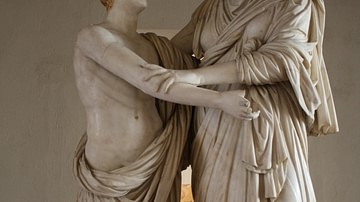
Image
Orestes & Electra
A marble representation of Orestes and Electra, the children of Agamemnon from Greek mythology. They stand before the tomb of their father and are in mourning as indicated by the postures and short hair of Electra. A stele behind Orestes...
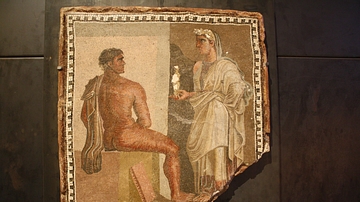
Image
Mosaic with Orestes & Iphigenia
A Roman mosaic depicting Orestes and Iphigenia. The mosaic was the emblemata (centrepiece) of a larger floor mosaic. From the Horti Maccenatiani, 2-3rd century CE. (Capitoline Museums, Rome)